I decided to end the month of June with a trip to Holla Bend National Wildlife Refuge here in Arkansas. It had been over 10 years since my last visit, and this trip reminded me just how special this place is. Clearly, the refuge is truly amazing, and I need to make a point to return more often.
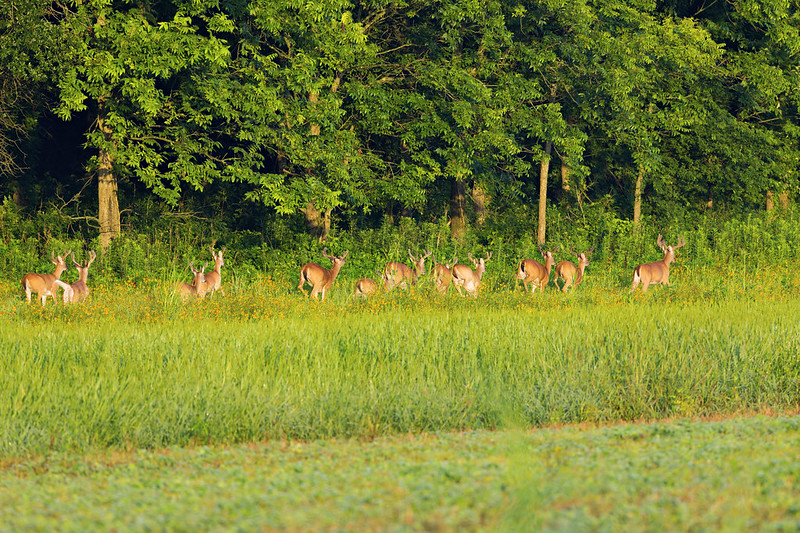
I arrived at sunrise, and right away, I noticed the number of White-tailed Deer moving through the area. In fact, I saw several hundred throughout the morning. What made this outing especially memorable, however, was seeing my first fawns of the year. That alone made the trip worthwhile. As a result, I spent most of the morning photographing the deer, focusing especially on the does and their young.
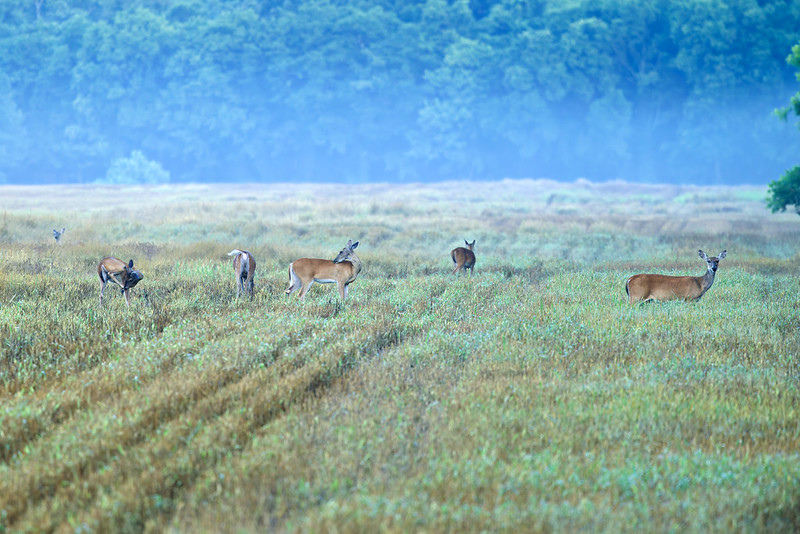
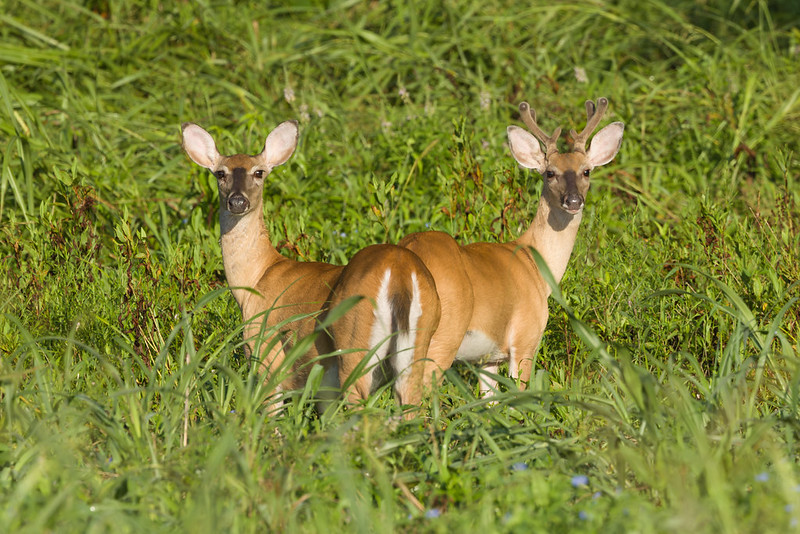
Exploring the Landscape
Holla Bend National Wildlife Refuge lies along the Arkansas River in Pope and Yell counties, about five miles downstream from Dardanelle. The Army Corps of Engineers straightened a portion of the river in 1957, which created the island that now forms this 7,000-acre refuge.
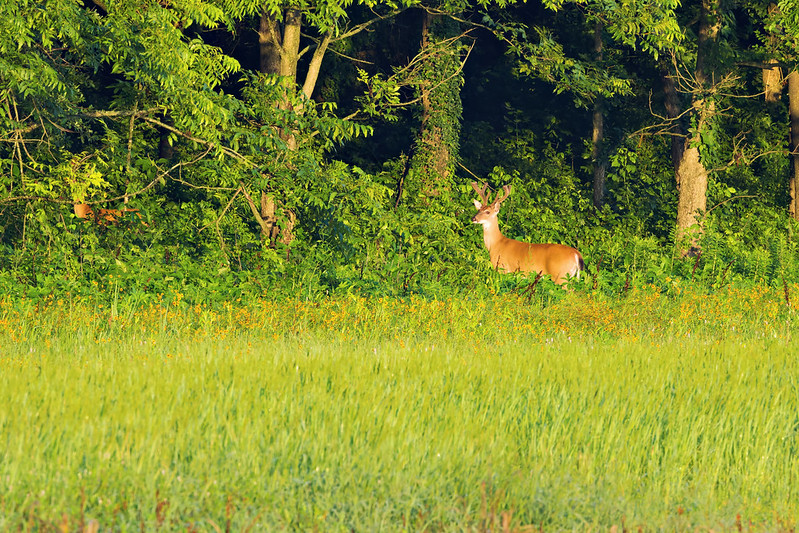
To show the diversity of the refuge, I made sure to capture some photos that showcase the habitat. The refuge features a diverse mix of wetlands, bottomland forests, grasslands, and agricultural fields. Altogether, this variety helps support both wildlife and visitors alike.
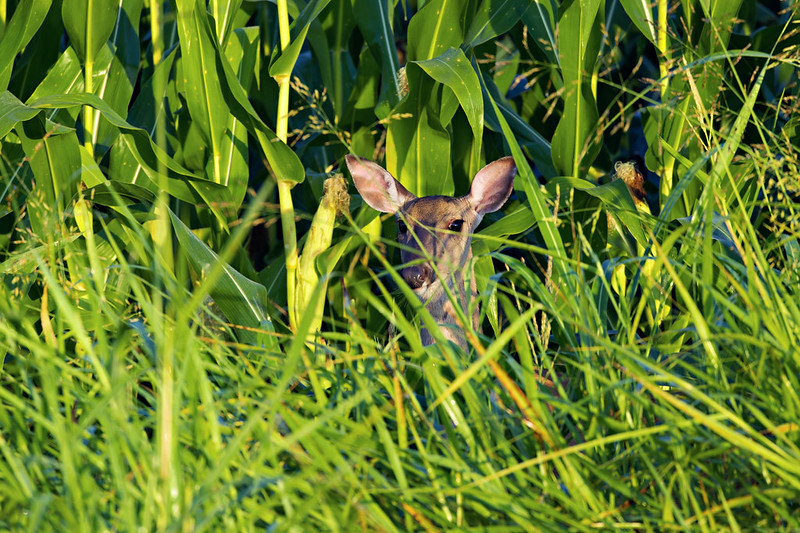
Wildlife Diversity and Visitor Experience
Recognized as an Important Bird Area, Holla Bend plays a vital role as a stopover for migratory birds using the Central and Mississippi flyways. During winter, up to 100,000 ducks and geese take refuge here, while many birds also nest in the spring and summer. Altogether, the refuge supports 236 bird species, amphibians, and even American alligators.
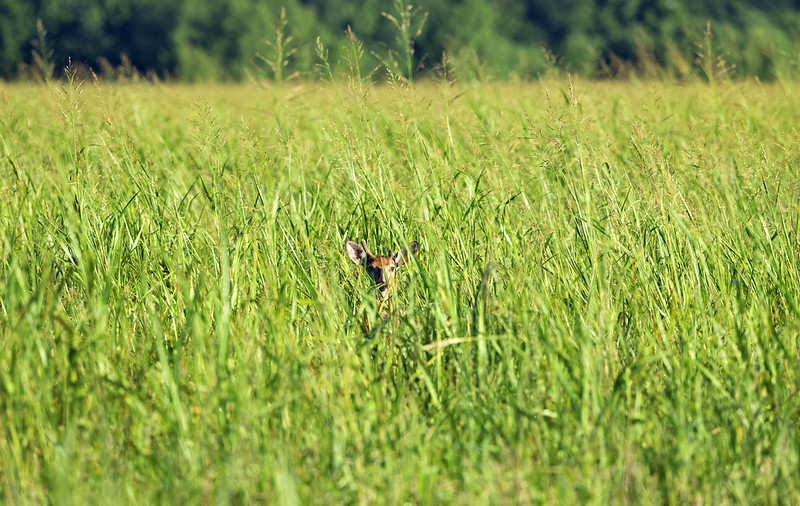
Additionally, visitors often spot Bald eagles year-round, especially during the colder months. For wildlife photographers like me, the refuge offers countless opportunities to photograph a wide range of species. Visitors can explore the area via a self-guided auto tour, several hiking trails, and an observation tower. The U.S. Fish and Wildlife Service also allows limited hunting and fishing under specific regulations.
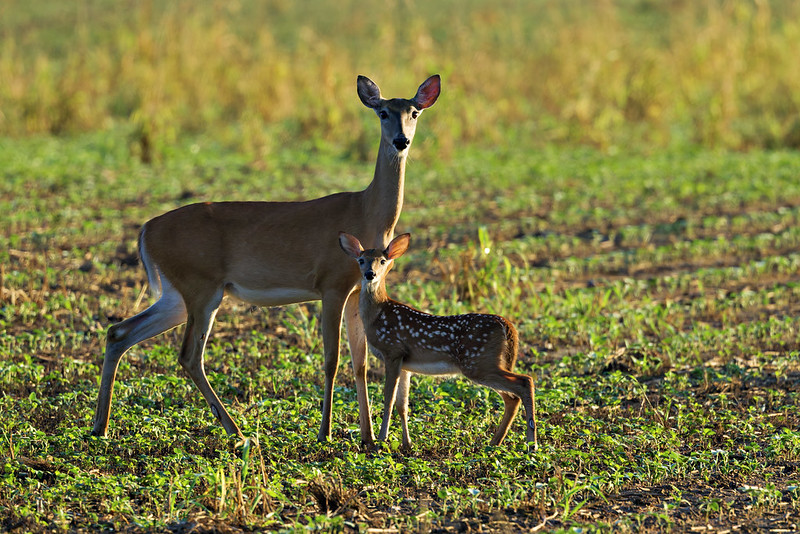
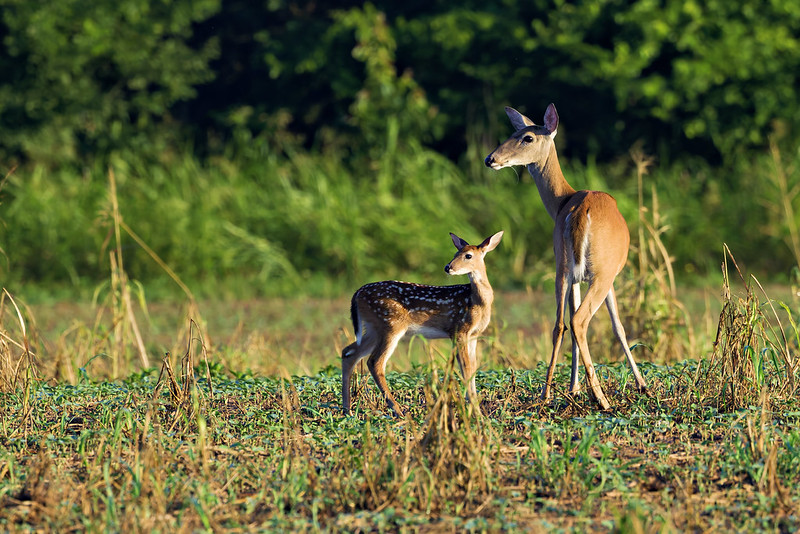
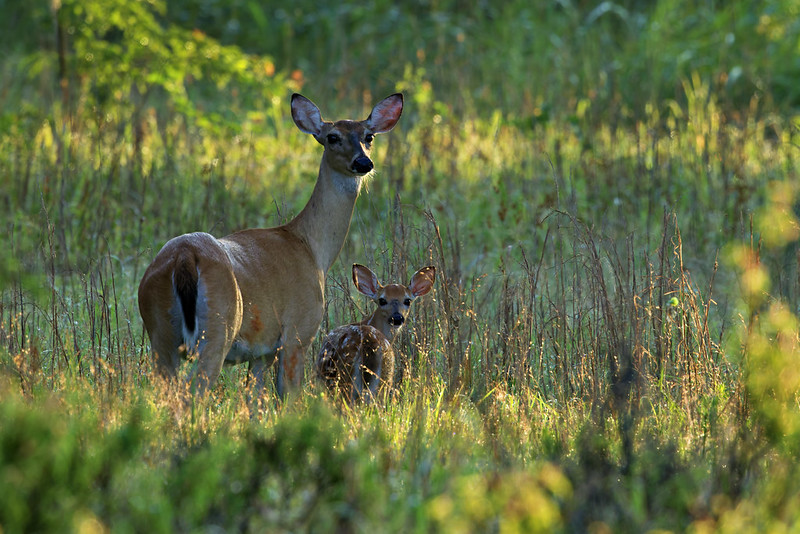
Looking Ahead
After more than a decade away, it was just great to be back at Holla Bend. The peaceful setting, abundance of wildlife, and rewarding photography made this visit one to remember. Without a doubt, I’ll definitely be returning soon to explore more and capture even more of what this incredible refuge has to offer.

So glad you got to have this experience after a decade away!